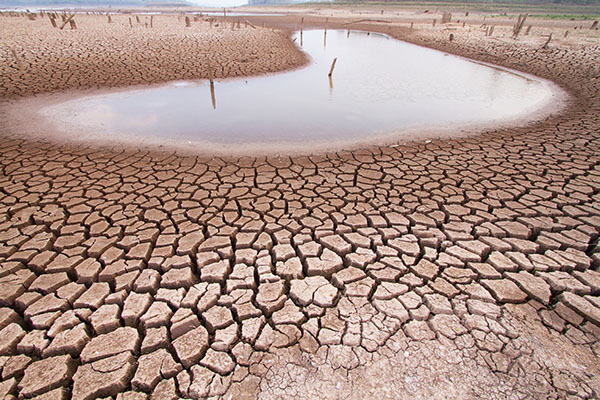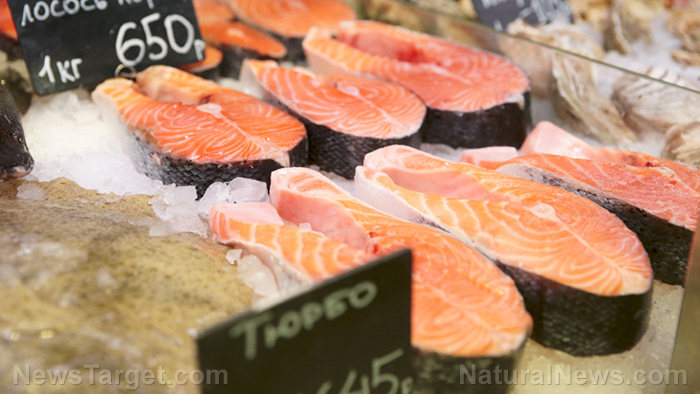
Officials were first notified of a suspicious-looking white sheen coating the surface of the pond in late January. It was soon realized that whatever this "sheen" was, it was contaminating the water and harming the wildlife. Thirty-three waterfowl unfortunately lost their lives to the water pollution and another eight were injured by it before the pond's cleanup could be completed.
Now, lab results have indicated that this mysterious substance polluting the water is actually commercial cooking oil waste that is believed to have been introduced to the pond somewhere upstream between January 18, 2017 and February 2, 2017.
KDVR reports that Ryan Moehring of the U.S. Fish and Wildlife Service commented, "It’s unclear why anyone would introduce a substance in a waterway like this. It’s illegal to do so and obviously harmful to wildlife." The contamination comes with a maximum fine of $15,000 for each occasion, and authorities believe there were several occurrences.
Federal authorities are urging anyone with knowledge about this event to contact U.S. Fish and Wildlife Service Resident Agent-in-Charge Tom Tidwell at (720) 981-2777, ext. 226.
Authorities believe that the contamination may have come from a nearby mall, upstream.
Oil pollution: a common danger
This is not the first time cooking oil has contaminated an ecosystem. In 2015, a retention pond in White Center, Washington was polluted with upwards of 50 gallons of cooking oil. The spill reportedly damaged the environment, with over 20 geese, ducks, and heron injured by the oil.
Oil spills and oil dumping can be fatally harmful to waterfowl in multiple ways. In addition to contaminating their food supply, when a bird's feathers get covered in oil, they lose the ability to repel water and insulate themselves effectively. This in turn puts them at risk of freezing to death. Birds will also instinctively try to get the oil off of their feathers by preening -- which results in them unintentionally ingesting the oil. From there, the oil also begins to damage their internal organs. Many types of marine creatures are harmed by the introduction of oil into their environment as well, such as fish, frogs, and sea otters.
More than just oil contaminates water supplies
Sadly, oil isn't the only thing polluting waterways in the United States. Many kinds of waste is routinely dumped into waterways all around the country. In 2014, Duke Energy was caught intentionally dumping over 60 million tons of toxic coal ash waste into the water in North Carolina. It was the eighth time in a single month that the corporation had been accused of violating environmental regulations. Duke Energy was found to be illegally and purposefully dumping coal ash into a tributary of Cape Fear River -- which provides drinking water to a number of the state's cities and towns.
Our freshwater supply is being contaminated with a host of different pollutants including sunscreens, pesticides, and petroleum. Estimates suggest that in developed countries, some 70 percent of industrial waste goes untreated before being dumped into the water. The EPA has been heavily criticized for its failure to punish those who violate environmental regulations accordingly. One report from AllGov found that though there were some 64,000 facilities run by companies with a history of environmental regulation violations, fewer than 0.5 percent ever faced prosecution or criminal charges for their illegal actions.
Water pollution is a serious issue in the United States that all too often gets swept under the rug. Not only does pollution contaminate our drinking water, it also harms innocent wildlife and destroys entire ecosystems.
Sources:
Please contact us for more information.























